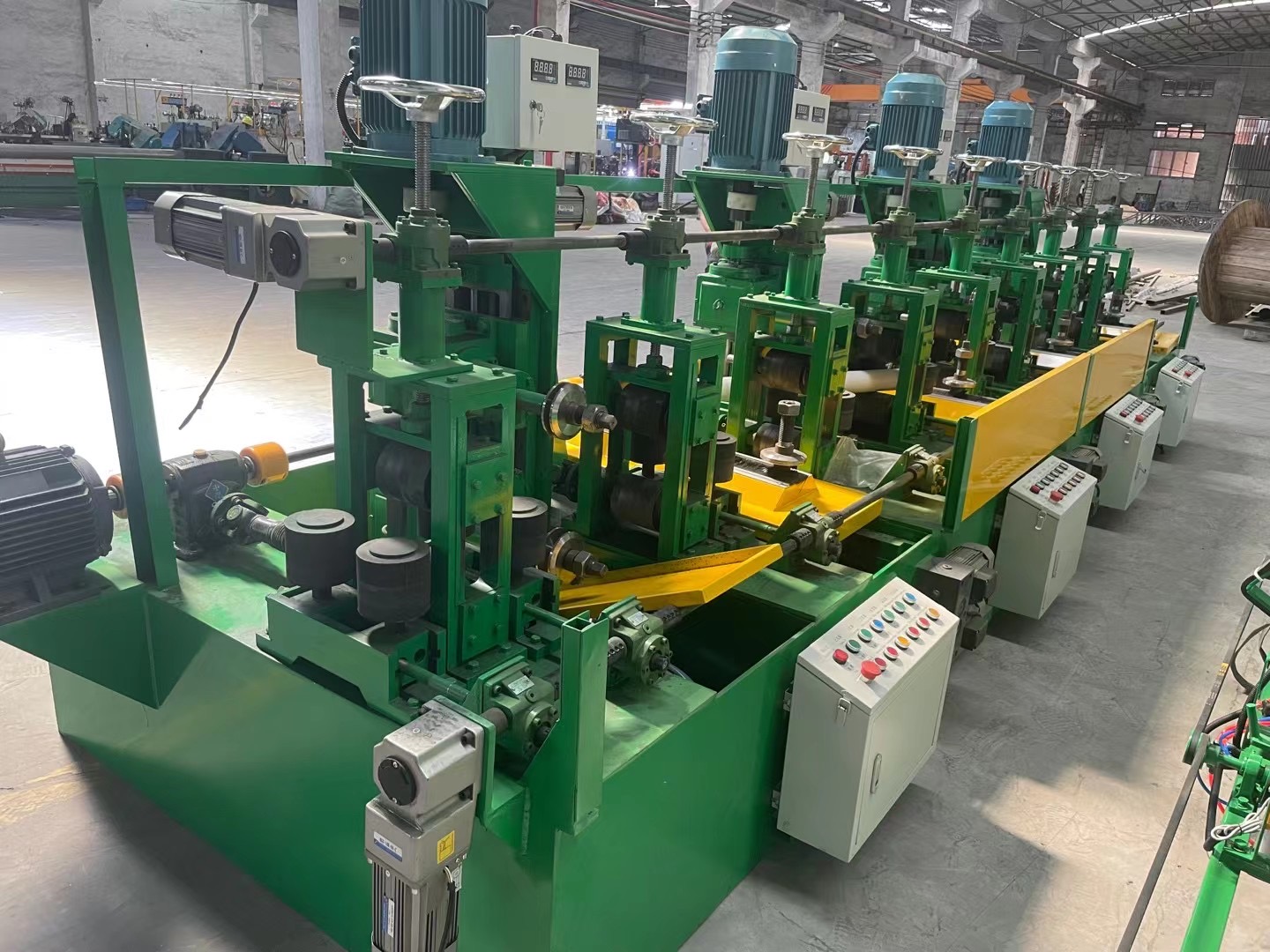The automotive industry is constantly evolving—pushed forward by tighter regulations, rising customer expectations, and the ongoing pursuit of performance and efficiency. One trend that’s quietly gaining attention across automotive manufacturing lines is the growing use of pipe buffing machines.
While not as eye-catching as engine components or vehicle design, pipe buffing machines play a surprisingly critical role in ensuring the reliability and aesthetics of exhaust systems, hydraulic lines, and structural tubing used in modern vehicles.
Why the Automotive Industry Cares About Pipe Surface Quality
Automotive pipes—whether they’re part of an exhaust system, fuel line, or air conditioning circuit—face demanding conditions. They must withstand vibration, heat, pressure, and corrosion throughout the vehicle’s lifespan.
Even minor surface imperfections on metal pipes can lead to faster wear, poor welds, or premature corrosion. That’s why achieving a smooth, uniform finish has become a key quality standard in automotive manufacturing.
A properly buffed pipe not only looks cleaner but also offers better structural integrity. It reduces friction, improves coating adhesion, and enhances corrosion resistance—factors that directly contribute to a vehicle’s performance and longevity.
How Pipe Buffing Machines Support Automotive Manufacturing
Pipe buffing machines are designed to deliver consistent, high-quality finishes to metal tubes and pipes. Using rotating abrasive belts or polishing wheels, they remove weld seams, oxidation, and surface roughness.
In the automotive industry, these machines are used to finish stainless steel and mild steel pipes for exhaust systems, turbocharger tubes, or chassis components. The automation of buffing not only speeds up production but also ensures uniform results across thousands of identical parts.

Key advantages include:
-
Precision polishing: Every pipe meets strict surface roughness requirements.
-
Efficiency: Automated systems reduce manual labor and minimize downtime.
-
Safety: Controlled buffing eliminates sparks and heat buildup common in manual grinding.
-
Sustainability: Many systems now use dust collection and coolant recycling to meet environmental standards.
Driving Forces Behind the Rising Demand
The demand for pipe buffing machines in the automotive sector has grown steadily in recent years, driven by several global trends:
-
Shift Toward Lightweight Materials
As automakers move toward lighter, fuel-efficient designs, stainless steel and aluminum pipes require advanced surface finishing to ensure durability without adding weight. -
Stricter Emission Regulations
Smooth inner surfaces in exhaust and catalytic systems improve gas flow and reduce emissions—making precision buffing a necessity rather than an option. -
Electric Vehicle (EV) Production
While EVs use fewer exhaust components, they rely on intricate cooling systems with metal tubing that still needs precise finishing for heat transfer and safety. -
Automation and Standardization
The global automotive supply chain demands consistent quality across all production sites. Automated pipe buffing ensures repeatability and reduces the risk of human error.
A Smart Investment for the Future
In the age of automation and sustainability, manufacturers are realizing that polishing isn’t just about appearance—it’s about performance and reliability.
By investing in modern pipe buffing machines, automotive plants can achieve smoother production lines, lower rework rates, and higher product consistency. From exhaust systems to hydraulic fittings, surface finishing is now an essential step in the quality assurance process.
As the automotive market continues to expand into new technologies and materials, the role of surface finishing equipment will only grow stronger.